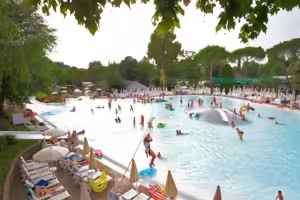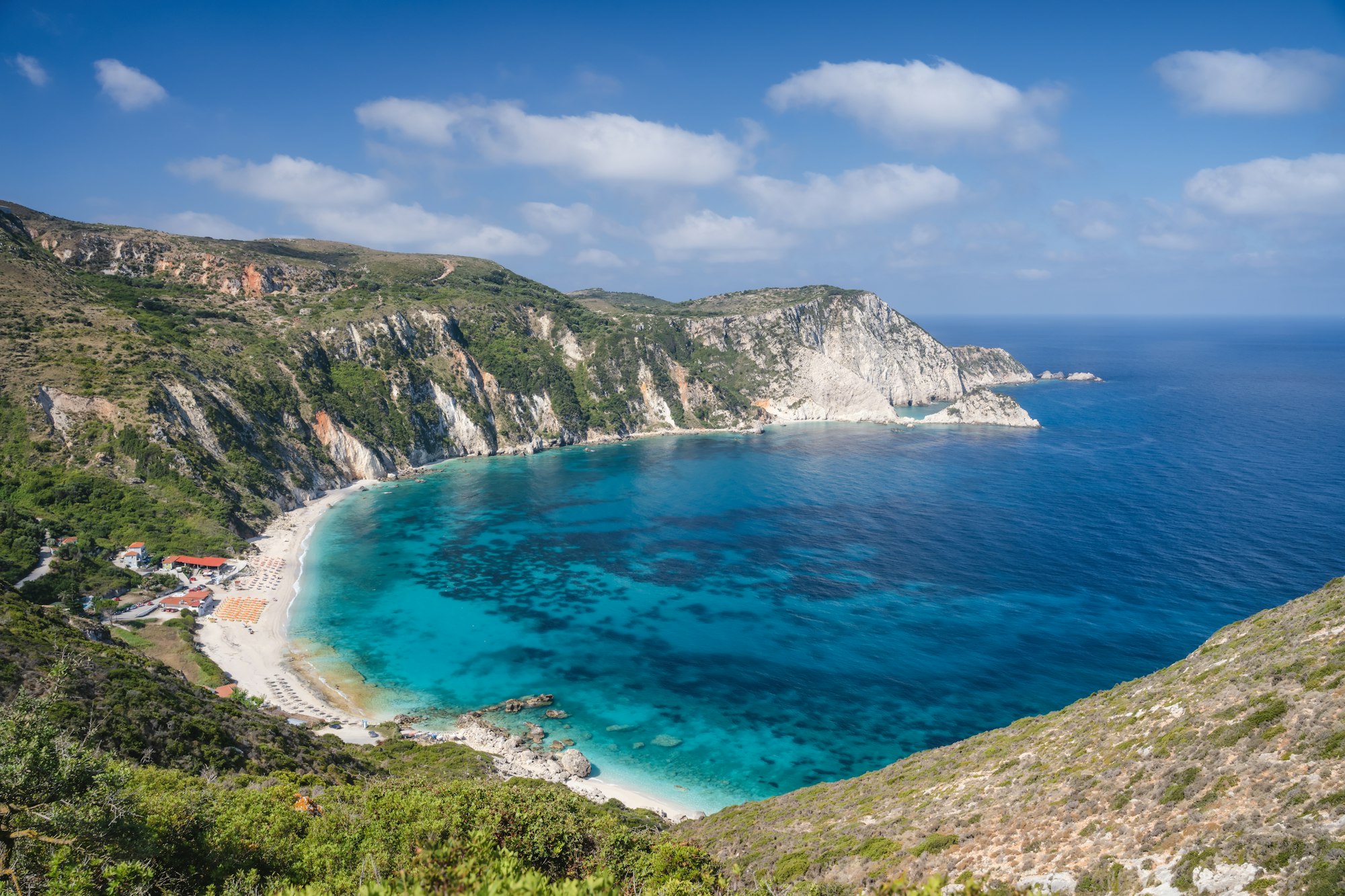Visiting Papua New Guinea offers a unique opportunity to explore a blend of natural beauty and cultural richness. The best time to visit Papua New Guinea in 2024 promises ideal weather conditions and a host of exciting activities and festivals. Whether you’re looking to delve into history, indulge in local culinary delights, or simply relax amidst stunning landscapes, Papua New Guinea has something to offer every type of traveler. This guide provides essential tips and insights to help you make the most of your visit during the optimal travel period.
TLDR;
ToggleBest Time of Year to Visit Papua New Guinea in 2024
The best time to visit Papua New Guinea is during the dry season, which spans from May to October. This period offers the most pleasant weather conditions with less rainfall and moderate humidity, making it ideal for outdoor activities such as hiking, diving, and cultural tours (Hikers Bay – Best time to travel) (Journey Index).
Best Month to Visit Papua New Guinea in 2024
For the best experience, consider visiting in July, which coincides with major cultural festivals like the Mt Hagen Show and the Tumbuan Mask Festival (Hikers Bay – Best time to travel). These festivals provide a vibrant showcase of Papua New Guinea’s rich cultural heritage, featuring traditional dances, music, and elaborate costumes.
50 Places to Visit in Papua New Guinea
Port Moresby – The capital city, offering the National Museum and Art Gallery.
Rabaul – Known for its active volcanoes and historical WWII sites.
Mount Hagen – Famous for the Mt Hagen Cultural Show.
Goroka – Hosts the Goroka Show, a major cultural event.
Kokoda Track – A historic and challenging trekking route.
Milne Bay – Offers world-class diving spots.
Kimbe Bay – Renowned for its vibrant coral reefs.
Tufi – Known for its fjords and diving opportunities.
Madang – Offers beautiful coastal scenery and diving.
Sepik River – Known for its traditional villages and rich culture.
Lae – A major commercial hub with botanical gardens.
New Ireland – Offers stunning beaches and cultural experiences.
Bougainville – Known for its rich history and natural beauty.
Wewak – Gateway to the Sepik River and historical sites.
Trobriand Islands – Known as the Islands of Love.
Alotau – Hosts the annual Kenu and Kundu Festival.
Fergusson Island – Known for its hot springs.
Cape Nelson – Offers beautiful coastal scenery.
Ambunti – A cultural hub on the Sepik River.
Karawari – Known for its remote wilderness and cultural tours.
Mount Wilhelm – The highest peak in Papua New Guinea.
Hagen Range – Offers hiking and cultural experiences.
D’Entrecasteaux Islands – Known for their natural beauty.
Louisiade Archipelago – Offers sailing and diving.
New Britain – Home to active volcanoes.
Baining Mountains – Known for fire dance ceremonies.
Bismarck Sea – Offers excellent diving spots.
Balek Wildlife Sanctuary – A natural sanctuary near Madang.
Papua New Guinea Rainforest Habitat – In Lae.
Garoka – Known for its coffee plantations.
Kavieng – Offers excellent surfing and diving.
Lihir Island – Known for its gold mines.
Manus Island – Offers bird-watching opportunities.
Lorengau – Main town on Manus Island.
Paga Hill – Offers panoramic views of Port Moresby.
Tawali Resort – A premier diving resort.
Varirata National Park – Near Port Moresby.
Black Cat Track – A challenging hiking trail.
Isurava Memorial – A WWII site on the Kokoda Track.
Bomana War Cemetery – Near Port Moresby.
Lake Kutubu – A pristine lake in the Southern Highlands.
Papua New Guinea University of Technology – In Lae.
Simbu Province – Known for its rugged terrain and cultural festivals.
Jiwaka Province – Offers cultural experiences.
East New Britain – Offers diving and cultural experiences.
West New Britain – Known for its volcanoes and diving.
Hela Province – Rich in natural gas resources.
Enga Province – Known for its cultural festivals.
Western Province – Offers remote wilderness experiences.
National Parliament House – In Port Moresby.
Essential Travel Tips
Research and Respect: Understand the cultural traditions and customs of the regions you plan to visit. Respect for local communities is crucial.
Pack Appropriately: Bring lightweight, breathable clothing and comfortable hiking shoes. Include rainwear for unexpected showers.
Health Precautions: High-quality mosquito repellent is essential. Ensure your travel insurance covers medical emergencies.
Local Guides: Consider hiring a local guide for valuable insights into the country’s history, culture, and natural wonders.
Safety: Be aware of weather conditions and natural hazards such as typhoons and volcanic activity (Journey Index) (Trek Zone).
Conclusion
Papua New Guinea, with its diverse landscapes, rich cultural heritage, and warm-hearted people, is a destination waiting to be explored. The best time to visit is during the dry season, from May to October, when you can fully embrace the beauty of the country and create lasting memories. So, pack your bags and embark on an expedition to this hidden gem, and prepare to be captivated by everything Papua New Guinea has to offer.For more information, visit Weather2Travel and Journey Index.




